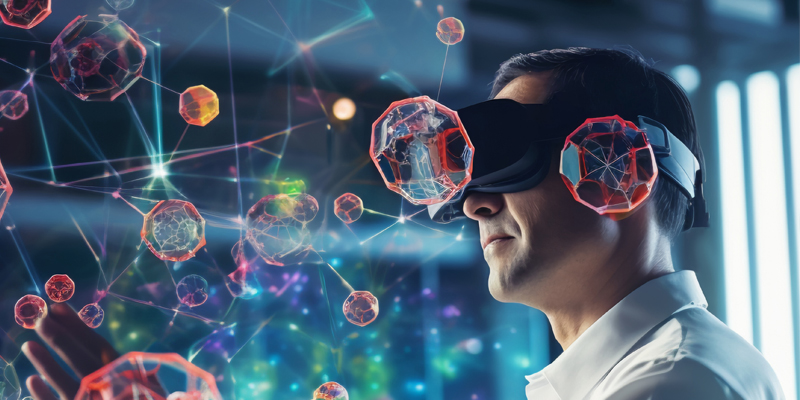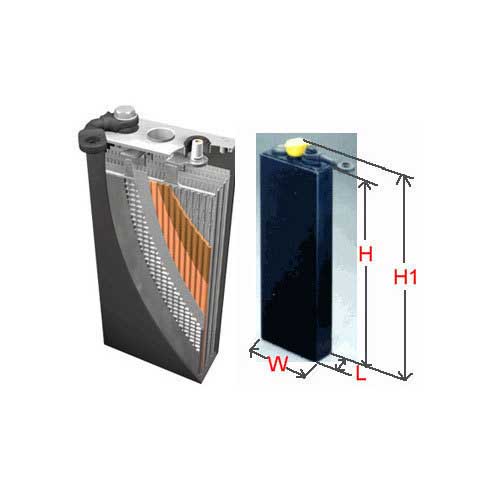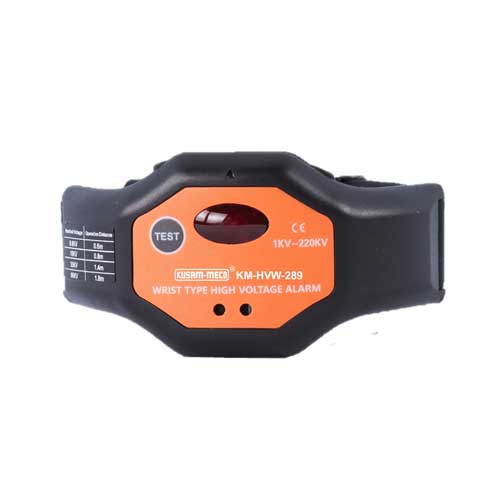Schedule a Call Back
Can car batteries keep their green promise?
 Technical Articles
Technical Articles- Aug 01,18

- Making collection of batteries from the source easier and cost effective
- Providing appropriate remuneration to consumers for selling the
- used batteries
- Formulation and implementation of more stringent laws regarding battery disposal
- Buying batteries containing less mercury, lead, and cadmium
- Providing complete information to customers at the time of purchase about the battery suitability, safety, and ways of disposal.
- More R&D in alternative energy storage devices like fuel cells, which are also less hazardous to the environment.
- Looking at renewable sources of energy like solar, wind, water.
Related Stories

Vedanta Extends Demerger Deadline to March 2026 Amid Pending Approvals
The demerger will allow Vedanta’s various business verticals to operate as independent entities.
Read more
BN Group to build India’s largest oleo chemical plant; eyes Rs 250 bn revenue
Through its subsidiary, Epitome Industries India Limited, the company is setting up a state-of-the-art manufacturing plant near Kandla Port, Gujarat, with an investment of Rs 12 billion – which wi..
Read more
Can the new RDI scheme be a game-changer for R&D in India?
India spends just 0.64 per cent of its GDP on R&D (compared to global average of above 2 per cent). The new Research Development and Innovation (RDI) scheme, with a corpus of Rs 1 trillion, can chan..
Read moreRelated Products

Forklift Battery
Aatous International is a manufacturer and solution provider of a wide range of forklift battery.

Kusam Meco -Wrist Type High Voltage Alarm
‘KUSAM-MECO’ has introduced a new wrist Type High Voltage Alarm Detector - Model KM-HVW-289 having a wide sensing range from 1kV-220 kV AC.
Servotech Power Systems files 2 patents for energy management technologies
Servotech Power Systems, a leading manufacturer of EV chargers and solar solutions, has announced that it has filed two patents for innovative energy management technologies in order to facilitate gri Read more















